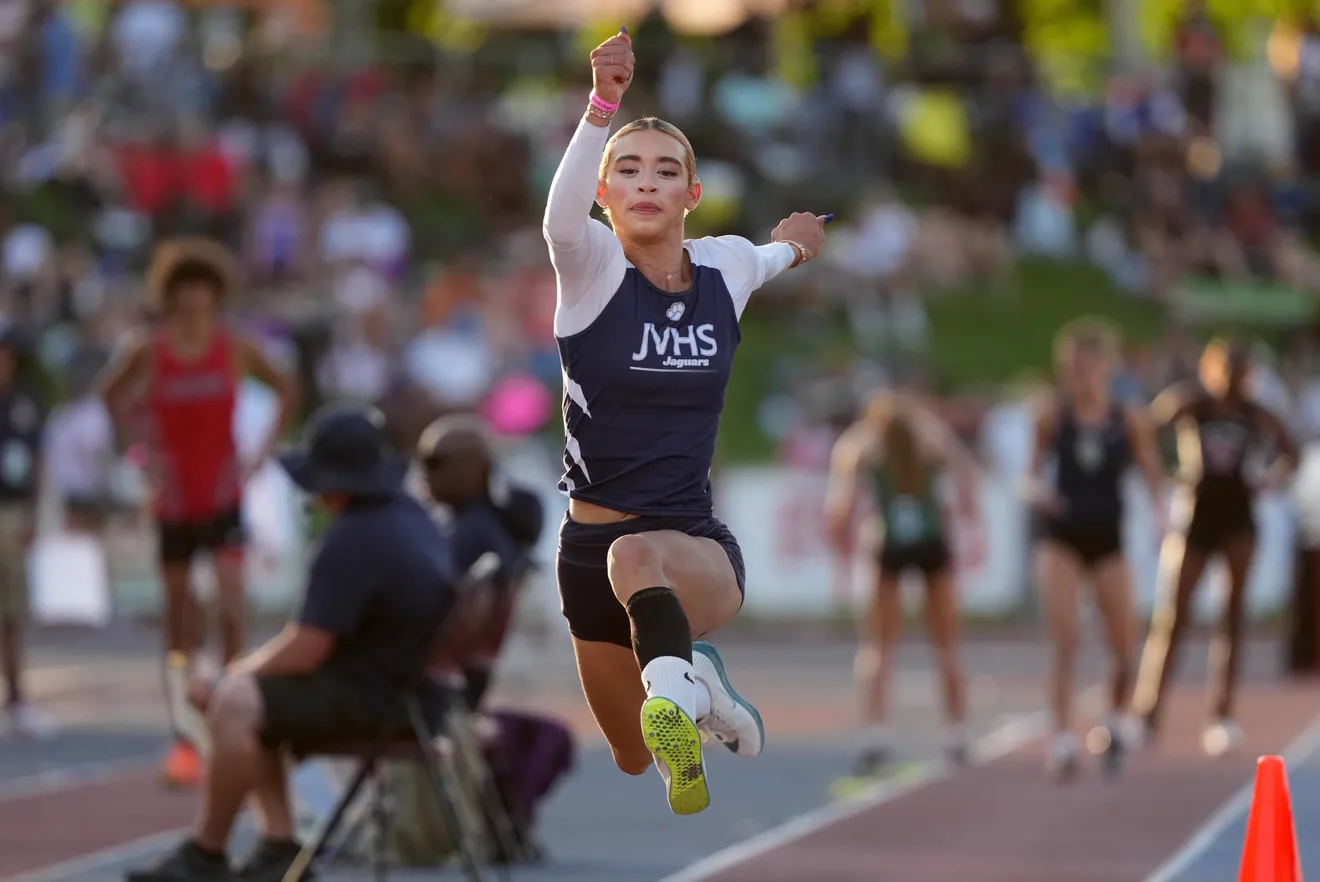Ed. Note: September 23, National Voter Registration Day, marks the beginning of the 2014 midterm election season. The holiday is being commemorated with a nationwide voter awareness campaign that hopes to register scores of new voters across the country in time for the upcoming November 4 election. In California, the last election of 2012 brought to light 2 million young eligible voters between the ages of 18 and 24 in the state who could have voted, but didn’t. With the November elections just around the corner, The kNOw visited local college campuses to get a better sense of why voting numbers may be low among young adults and what organizers can do to increase registration.
Fresno, CA — When 22-year-old Fresno City College student, Ger Moua, was asked why he didn’t vote, he said he was “more into his studies.” His response partly explains why reaching young potential voters can prove a difficult task for voter registration organizers — swamped with work and without the experience of ever having voted in the past, many young voters may simply decide it’s easier for them to be a spectator come election day.
But for students like Moua, and others who may be more interested in voting but face other obstacles, could absentee ballots provide an incentive?
“If they don’t have time, they can always get the voting form mailed to them and they can just send it mailed,” said Michelle Godinez, a 21-year-old Fine Arts major at Fresno City College. Voting can be easier than one might think, she added.
Kiranjit K. Dahnjan, Vice President of External Affairs for Associated Student Inc. at California State University, Fresno, has for two years, set up polling booths at CSUF for students to cast their ballots for the elections.
But Danjahn said getting students to vote in elections is not the biggest problem when it comes to voting. The problem, according to Dahnjan, is recording their votes.
“Fresno State has students that are housed from other counties and from other cities and so when they’re voting on our polling place, it’s hard for them [the county clerk] to account for that change,” Dahnjan said.
To mitigate this problem, Dahnjan said students are now being asked to pick the “absentee” option on their ballots.
This then allows for the ballot to be mailed to students directly so they can fill out the form with their correct address and their vote can be accounted for on election day, Dahnjan said.
Even with having a voting form delivered to their home, Godinez said there are still barriers to voting for young adults.
“When I hear someone say that they don’t like voting, it’s mainly because they think that their vote doesn’t count,” said Godinez.
Moua said that if he ever does take an interest in politics, he would try the absentee option. However, he would only vote for “things that matter to him.”


